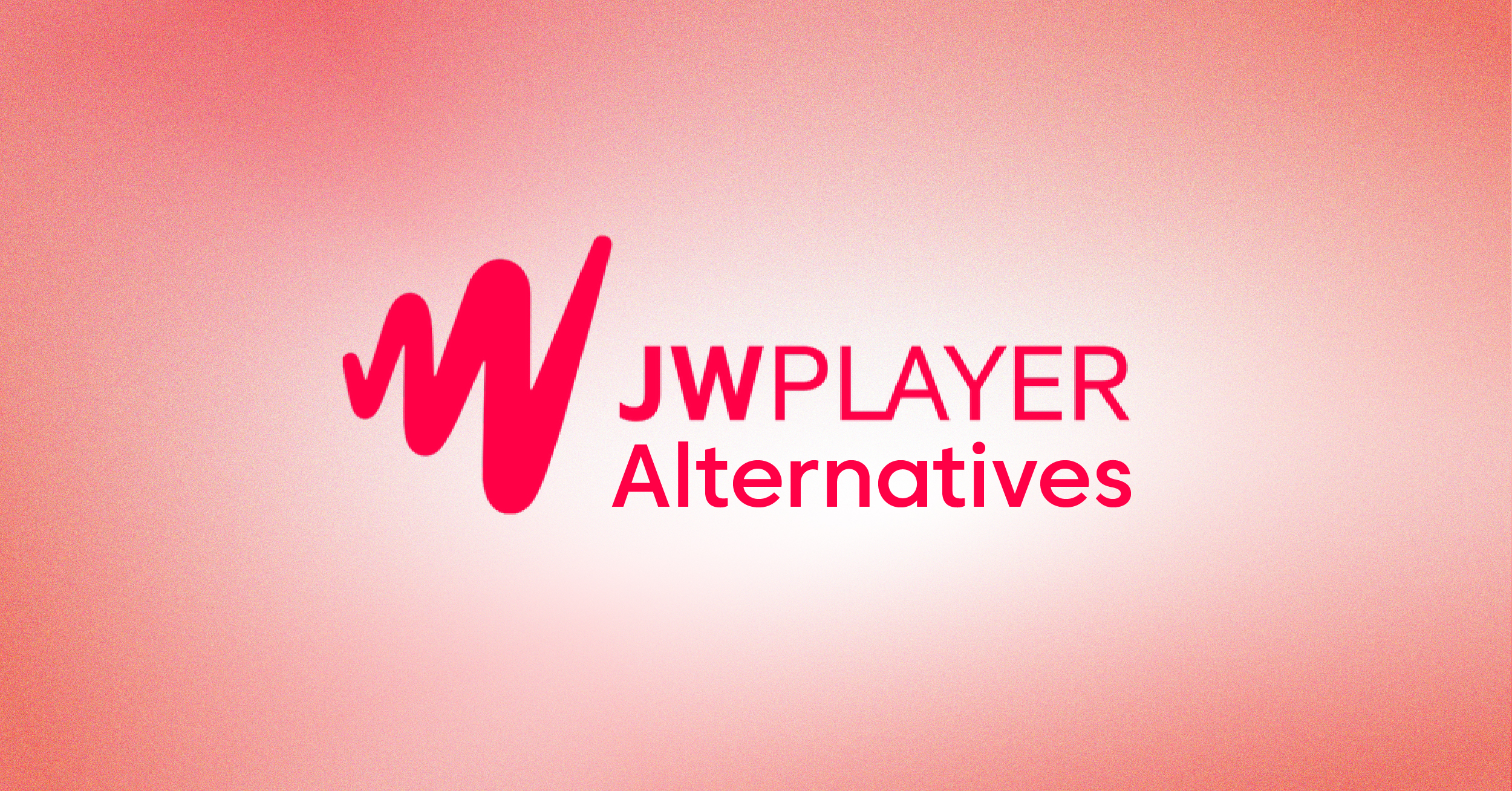Google’s VP9 is an open-source video codec that offers many benefits. It’s a tool that provides better compression efficiency. It allows high-quality video content to be streamed smoothly, even on limited bandwidth. Modern web browsers and devices, including Android and Smart TVs, widely support this next-gen open video codec.
It’s a significant update from other codecs like H.264. VP9 codec offers better support for high-resolution videos and reduces bandwidth usage. The company grants free usage of its related patents. It’s a cost-effective choice for video conferencing and streaming. VP9 has robust features like loop filtering, motion vectors, and inter-prediction. These features of this codec ensure the same quality at lower bitrates than its predecessors.
Despite its computational complexity and longer encoding time, VP9’s benefits are clear. As we delve deeper into this topic, we’ll explore its technical specifications, hardware support, and future. Let’s go!
What is VP9?
VP9 is an open-source and royalty-free video coding format created by Google. It means the company grants free usage of this codec. VP9 aims to offer better compression efficiency. It reduces bitrate by 50% compared to VP8. But it still delivers high-quality video content like VP8. This makes it a strong competitor to other codecs like HEVC/H.265.
VP9 is widely supported and used extensively on platforms such as YouTube. It’s also compatible with modern web browsers, smart TVs, and mobile devices. This next-gen open video format is ideal for video streaming, video conferencing, and playing high-resolution videos, especially in environments with limited bandwidth.
The History of VP9
The VP9 video codec is the last official iteration of the TrueMotion series. Google developed it after acquiring On2 Technologies for $134 million in 2010. Google initiated the development of VP9 in the second half of 2011. The primary design goal was to reduce the bit rate by 50% compared to its predecessor, VP8. At the same time, they aim to maintain the same quality. This was a significant step towards better compression efficiency and high-quality video content.
In June 2013, Google finalized Profile 0 of VP9 and added it to Google Chrome. In October 2013, FFmpeg also added a native VP9 decoder. By March 2014, Mozilla Firefox also added support for VP9. Thus, VP9 demonstrated the widespread adoption among modern web browsers.
In 2014, Google added high bit-depth profiles to VP9. This improved the codec’s feature support and enhanced its ability to deliver high-resolution video content. The updated WebM format, which included VP9 and Opus audio, was published the same year.
In March 2013, the MPEG Licensing Administration dropped patent claims against VP8 and its successors, including VP9. This move by the U.S. Department of Justice allowed the company to grant free codec usage. This incident encouraged VP9’s adoption across many devices and platforms.
Ittiam and Google demonstrated VP9 support for ARM Cortex devices in January 2014. In early 2015, Nvidia announced VP9 support in the Tegra X1. In April 2015, Google released a significant update to the libvpx library, which is used for encoding and decoding VP9 video files.
In December 2015, Netflix proposed including VP9 video in MP4, furthering the codec’s reach in video streaming. Microsoft Edge added support for VP9 the following year, and Ittiam demonstrated an OpenCL-based VP9 encoder. In March 2017, Ittiam announced an enhanced encoding speed for libvpx, improving the codec’s performance by 50-70%.
How VP9 Codec Works
VP9 is designed to offer better compression efficiency for high-resolution video content. Its primary function is to reduce the data needed for high-quality video, making it a key player in managing bandwidth usage.
The VP9 codec works by focusing on compressing video data. This feature support enables efficient storage and transmission of video files, which is particularly beneficial for video streaming and conferencing.
One of VP9’s defining aspects is its decoding standardization. This ensures that all VP9-compliant decoders can uniformly decode compressed video data. Modern web browsers, smart TVs, mobile devices, and many other hardware devices widely support this standardization.
Moreover, VP9 offers encoding flexibility. It allows for various encoding methods, optimizing based on content type, quality, and bandwidth. This adaptability makes VP9 a versatile tool for different technologies and use cases.
The VP9 codec is a significant update in video codecs. It offers better support for high-resolution content, reduces bandwidth usage, and provides better compression efficiency. Its widespread adoption is anticipated soon.
Key Features of VP9 Codec
VP9 Codec supports high-resolution videos up to 65536×65536. It offers better compression efficiency for high-quality video content. This feature makes it ideal for modern web browsers, smart TVs, and mobile devices. The next-gen open video codec is widely supported and offers free usage. VP9 also includes high-bit depth profiles. It enhances HDR video and supports multiple color spaces like Rec. 601, Rec. 709, and Rec. 2020.
Pros:
- It is an open-source and royalty-free video codec developed by Google, making it accessible for various applications without licensing restrictions.
- It is widely supported across Google products, including Chrome, YouTube, and Android.
- It works well with container formats such as WebM and MKV.
- It offers a bitrate advantage of 50% over H.264, making it efficient for video compression.
Cons:
- It only works on Apple devices, which can be a significant limitation.
- Its encoding process can be slower compared to some other codecs.
- It may have less playback compatibility than the widely used H.264 codec.
VP9 vs. HEVC: Which is More Efficient?
When comparing VP9 and HEVC, HEVC has a slight edge in terms of compression efficiency. This means HEVC can deliver high-quality video content at lower bitrates than VP9. This particularly benefits video streaming on mobile devices or smart TVs with limited bandwidth. However, VP9 is a next-gen open video codec developed by Google that is widely supported by modern web browsers like Google Chrome. It also offers better support for high-resolution videos. Despite HEVC’s better compression efficiency, VP9’s free usage and widespread adoption make it a strong competitor.
Conclusion
The VP9, Google’s open-source video codec, offers impressive compression efficiency, making it a preferred choice for high-quality video content. It’s widely supported by modern web browsers and is ideal for streaming high-resolution videos. The company grants free usage of this codec, making it cost-effective for video conferencing and streaming. Compared to other codecs, VP9 provides better features and hardware support. It’s also efficient in reducing bandwidth usage, making it suitable for devices with limited bandwidth. The technical specifications of VP9 may seem complex, but its benefits outweigh the computational complexity. As we move forward, we can expect to see more widespread adoption of VP9, especially with the increasing demand for high-resolution content.
Are you interested to learn more? Read this resource.







